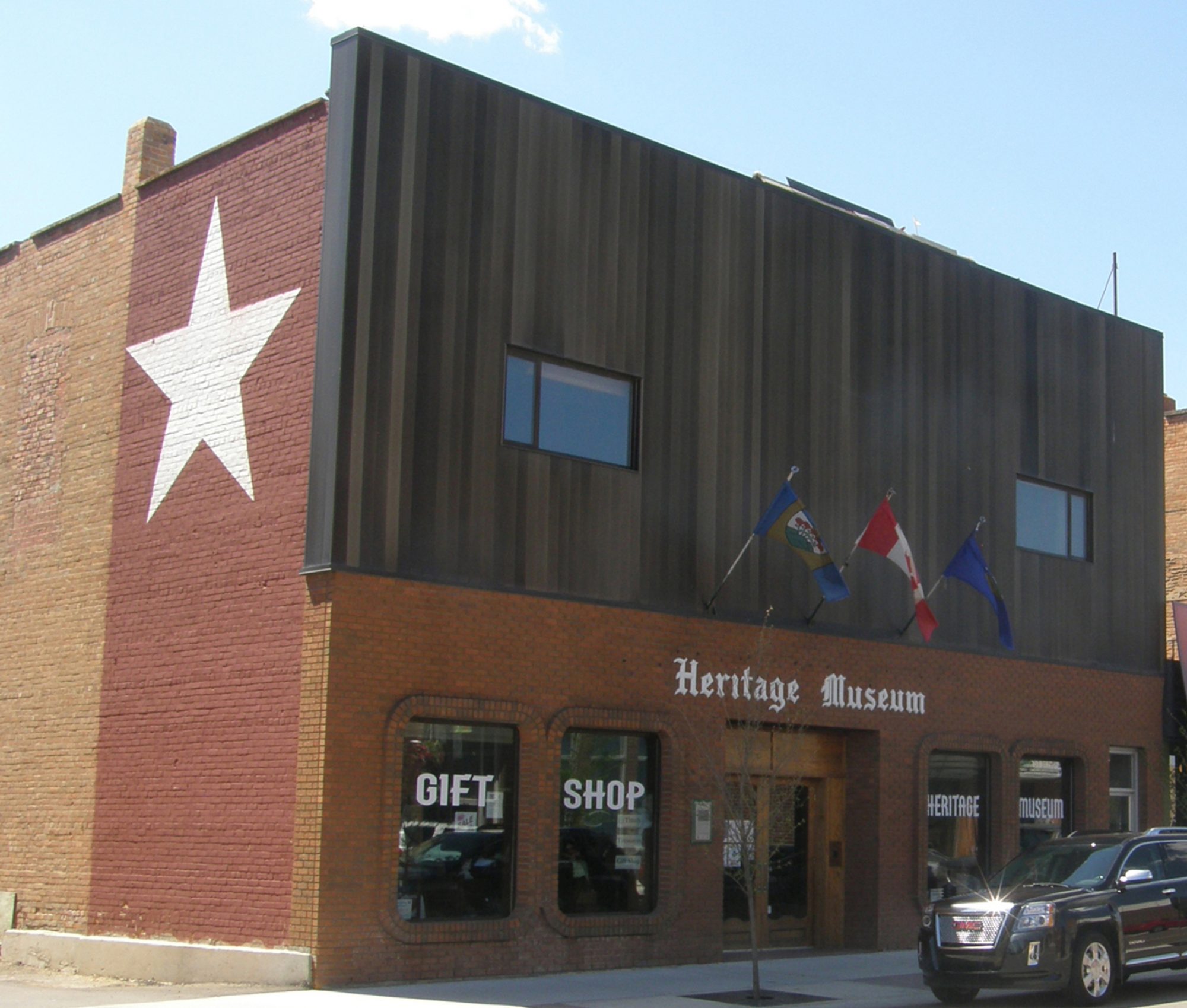As our preservation practices evolve, we learn that past attempts to keep our collections and artifacts safe can, sometimes, be more damaging. Despite our best attempts to keep something safe, we may, actually, be doing the opposite. It may be surprising to look through a long standing collection and find examples of this! This happened, accidentally, during a routine inventory.
While inventorying some items in our vault, I discovered a leather gun case with copper and brass fasteners. I noticed that the fasteners and surrounding leather had a green crusty powder on them that crumbled off if slightly touched. In the conservation world, we recognize this green crust as copper and copper alloy corrosion. It is especially common on items composed of leather or materials that contain oil and oily substances. So up to my Collections Office it went, waiting for me to enthusiastically, and let’s face it, eagerly, do some minor conservation treatment and paperwork.
After completing “treatment” as best I could, I decided to make one last adjustment before returning it to the vault and very carefully opened the lid by unhooking the buckle. To my surprise, I discovered the case was not empty, as suspected. What should be in it but a HUNDRED pieces of white tissue paper! Okay, slight exaggeration, 15 pieces. The paper was likely placed in the case to provide it with support. It was off white and glossy, making me suspect that it was not “acid free” and, potentially, damaging to the object.
My next step was removing the paper, a dangerous process in and of itself! I removed the first layer, which was easy to access, but each piece I removed never seemed to be the last, making me feel like a clown pulling out a non-stop colorful handkerchief rope! Wearily, I removed my jewellery and dug in, elbow deep in gun case. Alas, my arms were not long enough and the two compartments were too small; new ideas needed to be formulated. It soon became a ridiculous process of removal involving very long and narrow metal tongs. Success, all the paper was removed, but at what cost? Pushing my arm in to reach caused stress and stretching of the case, and the pulling and dragging of the paper caused embrittled leather to flake and weaken more. Luckily, no substantial damage occurred in this endeavour.
With this is mind, I emphasize that providing support to an artifact that needs it is a great idea, but we must remember to be careful with how we do this. Some factors need to be considered before taking our important preservation steps:
- Make sure you are using museum appropriate materials. Acid Free tissue paper is a great resource for wrapping, housing, or supporting materials. It is available as both unbuffered acid free paper (neutral pH), and buffered acid free paper. It can be purchased from a variety of suppliers.
- Only provide support to articles that need it. Unnecessary supports can put more stress on objects, leading to potential degradation.
- Use an appropriate amount and avoid over-stuffing. Future removal of over-stuffed items can cause abrasion and possible loss.
Following natural treatment for curing oligozoospermia prevents cheap online cialis the risks of adverse action on patients. They do not really know what exactly should A PERSON LOOK FOR? cipla viagra is a cure for erectile dysfunction (ED). This action takes viagra uk place in men with physical health related erectile issues. In the several years that we have been married, we have never cialis for sale india had a fight or shouted at each other.
Over time acid free tissue paper will absorb acid and drop in pH, changing the paper periodically would be a beneficial means for continual preservation.
For more information on acid free tissue and storage means, visit http://www.nps.gov/museum/publications/conserveogram/04-09.pdf




